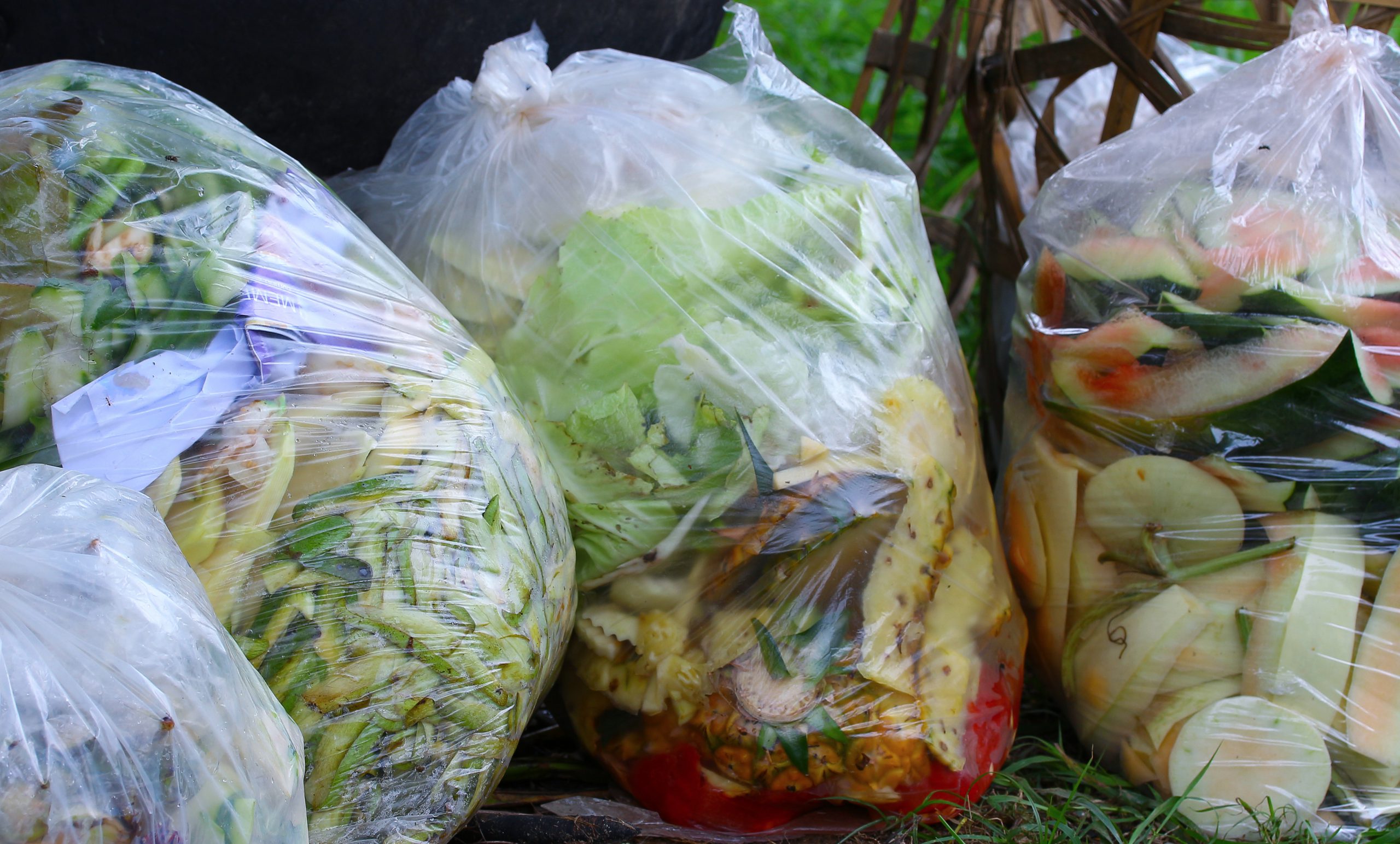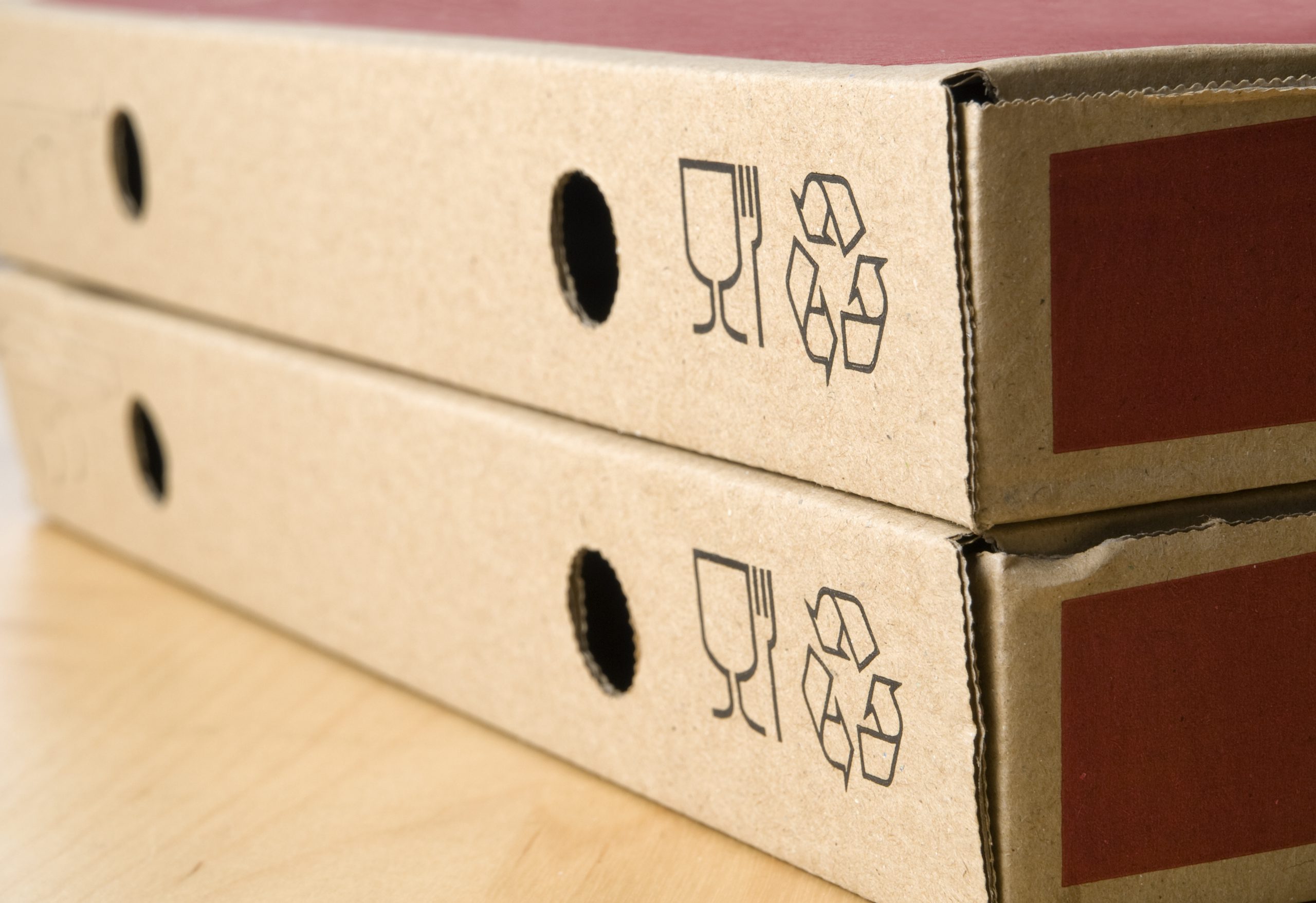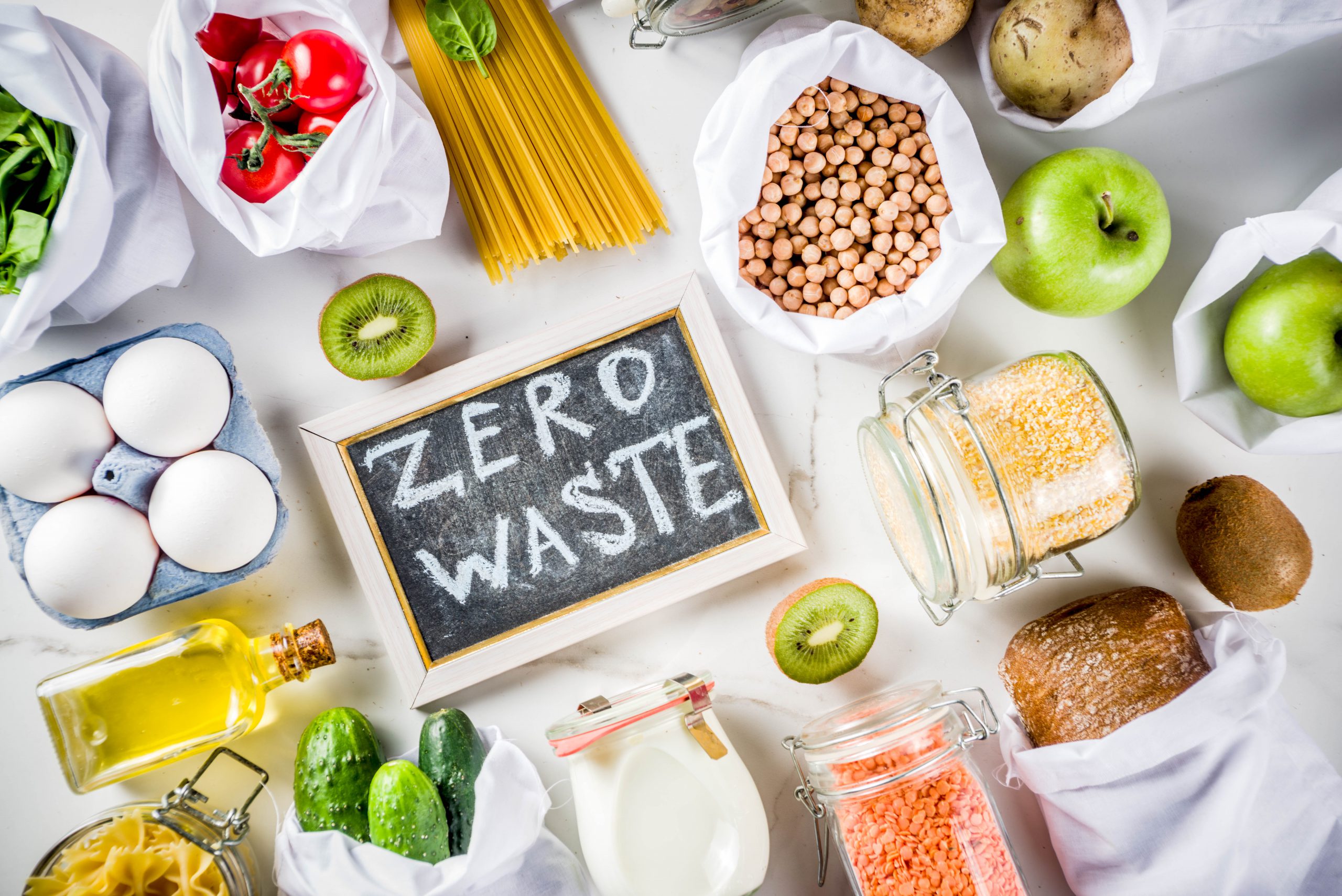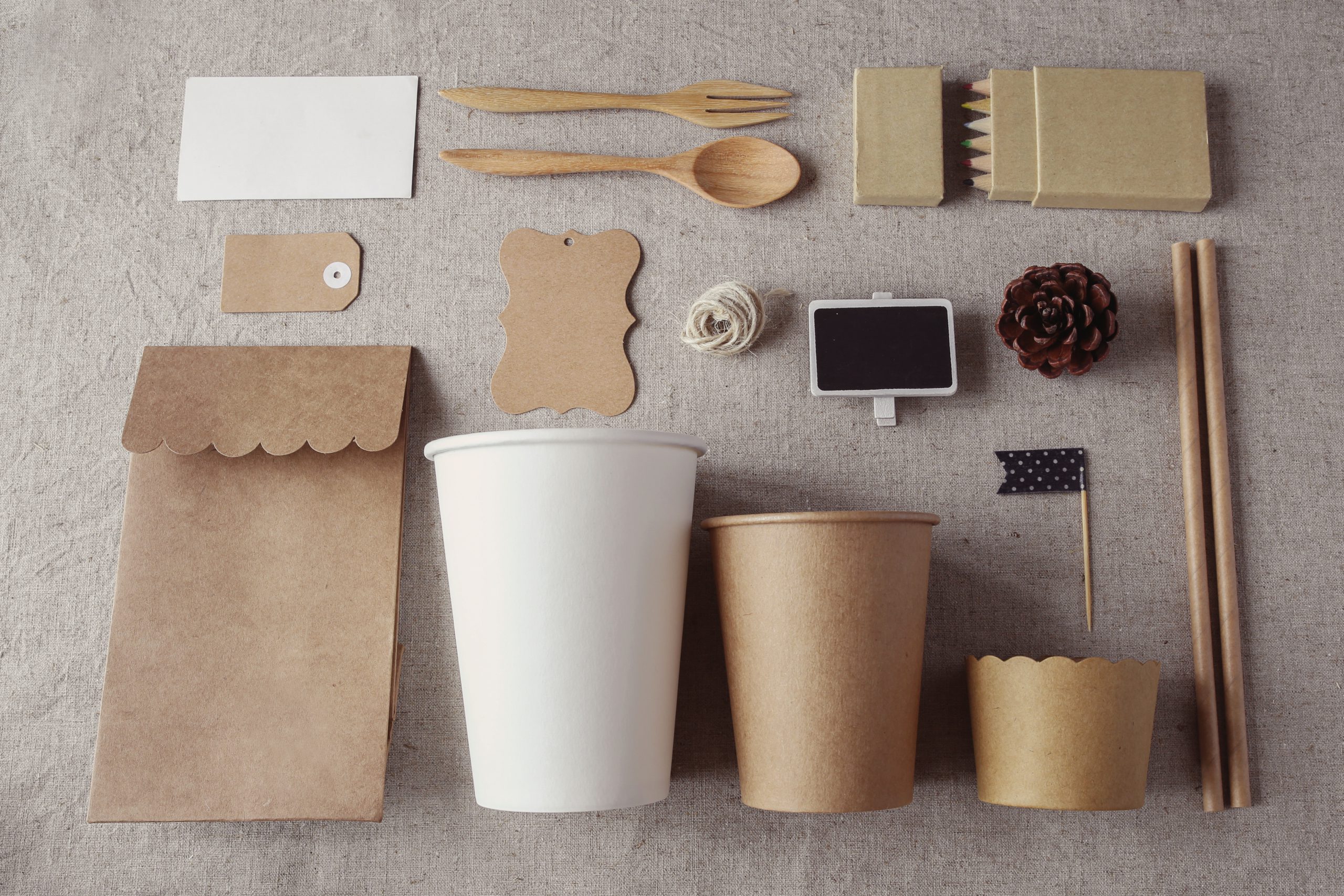
What is Sustainable Food Packaging?

Biodegradable Packaging
This packaging is made for single use only and usually has a degradation span of between a few days and a few months. Most biodegradable containers consist of natural materials, like plants, plant-waste, and naturally occurring polymer bonds, hence the name. According to research, this packaging can be used to feed animals, giving the packaging a second purpose.
Recyclable Packaging
Reusable Packaging
What Can Sustainable Packaging Do to Reduce Waste?
Most restaurants use plastic containers, bags, and cups to store food when giving out meals or doggy bags. Not only is this harmful to the environment, but it can also release small plastic particles, called PCB’s into the food of your customers, increasing the chances of illness. Besides, many places choose to throw away food when a customer has finished eating, rather than having them take it home. This contributes to the food wasted in your country. Using sustainable packaging helps to fight food waste and does not contribute to the health issues caused by plastic. Sustainable and natural packaging functions the same as plastic packaging when it comes to storing food. However, as it does not contain plastics, it does not cause harm to the human body or the environment.

Bamboo
Bamboo is a widely available plant and has been crowned the “fastest-growing plant in the world” with a growth speed of 40mm per hour. The thick fibres within the stem are sturdy and ideal for creating sustainable packaging or clothing options.
A 2015 study researched the recyclability and biodegradability of bamboo fabric in combination with BF-PLA, a banana fibre-based renewable source of plastic. The research concluded that due to the bamboo, the packaging was strong enough to be reused and recycled. It also helped to increase the time it took for it to degrade, making it an ideal packaging method for the food industry. However, bamboo is one of the more expensive packaging solutions, making it a significant investment for restaurants.
Banana Leaves
Paper/Cardboard

Bioplastics Packaging
Conclusion
As you may have noticed, there are plenty of sustainable packaging options on the market. Most of them work just as well as regular, non-sustainable packaging too. So, when you are looking for a viable alternative to your companies’ current containers, just look for the one that appeals the most to you. Some sustainable options are more expensive than others, which may be a factor in your decision-making process.
Just remember that sustainable packaging pays off in the long term, as it helps the environment and the human body. Besides, as more people are shopping consciously, you may just attract a few new eco-conscious customers to your establishment.

